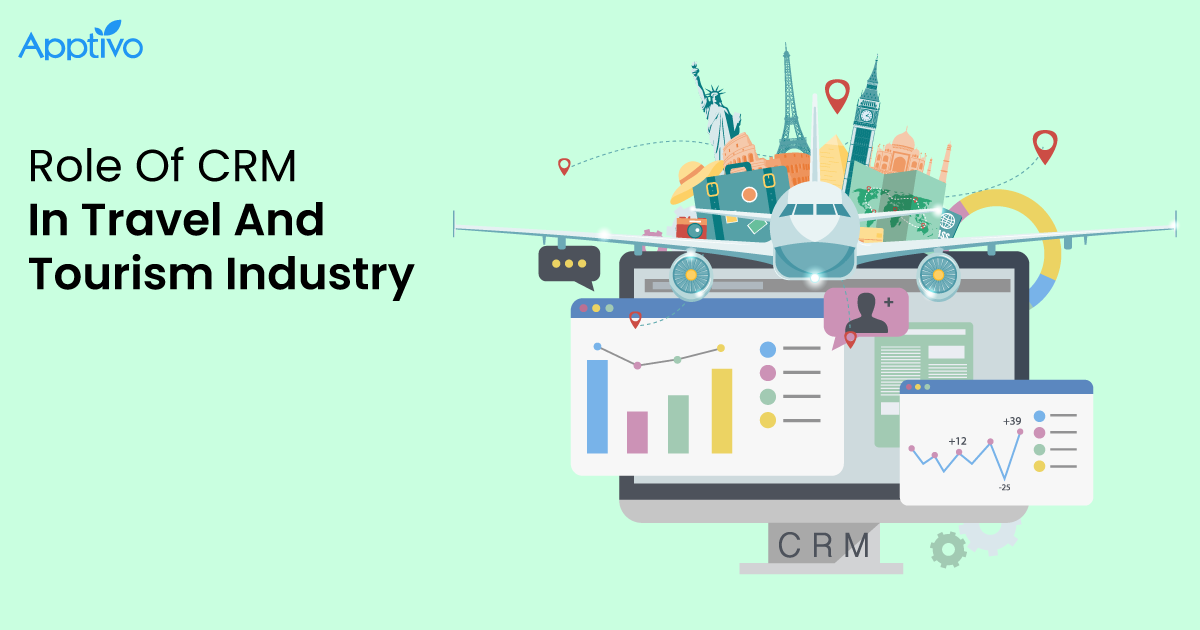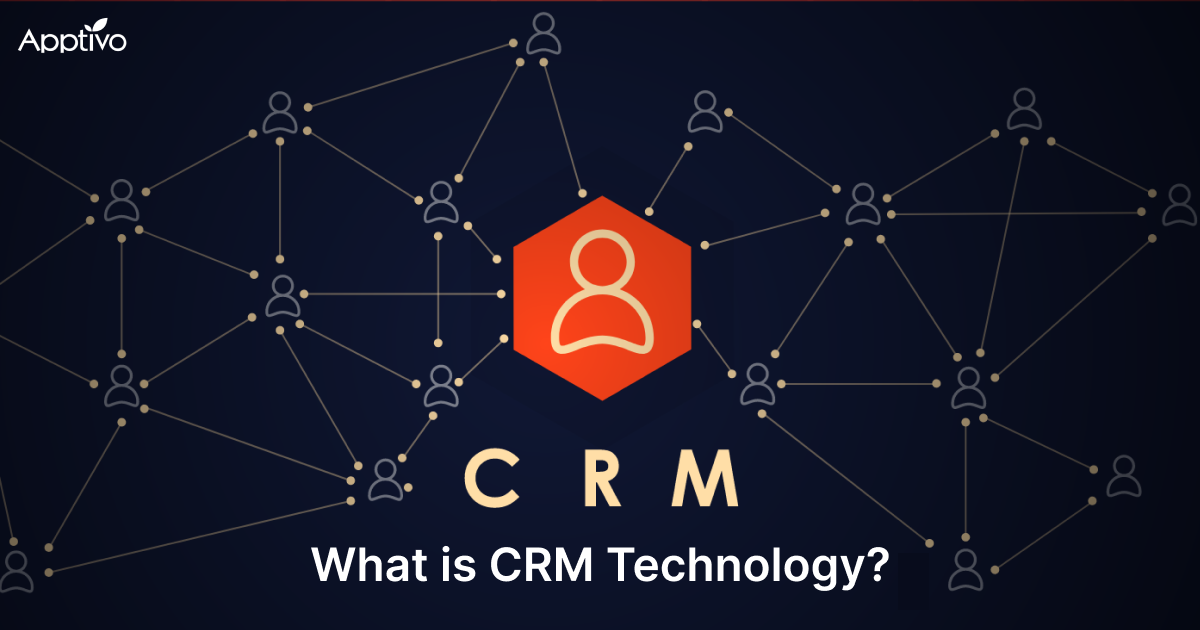If you’re looking for a project management tool for your team, check out this list of things to keep in mind to land on the right one.
Introduction
Everybody knows what a project management tool is for. There are so many things to plan, manage, organize and without some kind of a management tool it is so easy to get lost and miss the deadline. But, we are fortunate enough to have companies develop a tool and sell it to us read-to-use. And, that’s the problem.
There are way too many tools out there and it’s not gonna be an easy task to try every software and see what fits your need. To ease this process and totally cut out the time you spend trying out different tools to find that one perfect tool, we’ve come up with a list of key features that a project management software should have. So, let’s just dive right in.
What is project management software?
Project management is a software used by a range of industries for project planning, allocation of resources and scheduling. It enables the project manager to plan the project, control their budget, and build on quality that is maintained throughout the project.
Task Management
The better you plan your tasks, the more productive the project can get. Task management enables you to create “to-do” lists. Once created, you can assign them to individuals or teams and track the status of these tasks. You can set deadlines and other particulars so that everything goes as planned and prevent any bottlenecks. Over time, this will improve employee productivity and help meet deadlines.
Collaboration
Collaboration is a must-have feature for any project management tool. We all know how important it is to collaborate to come up with a well-designed plan for a project to make the product better. An effective project management tool should support users to upload docs, images, comment on tasks, news-feeds, shared calendars, and chat groups. This eliminates the hassles of any mix-ups, saves time, and helps to keep everything on track.
Time Tracking
Time tracking enables you to calculate the employees’ normal working hours as well as the overtime they have put in for the project. Not just that, you can measure the performance of individuals and teams by tracking the time they took to complete each task in case of any internal projects. For external projects, it can be used to calculate the billable hours to report to clients.
Native Mobile Apps
Technology has changed the way people work, and it’s not done yet. Keeping employees tied to their desks is a formula for a disastrous product.
For any agile or team of app developers, it is imperative the tool you use to manage projects has a native mobile application. Native mobile app and not a web mobile app. This will help them to better collaborate, keep track of the updates, and get more things done on-the-go.
Reporting
Reporting in project management provides an overview that offers critical information, in a simple format. Reporting is important as it helps to have a complete overview on the entire project life cycle. Reports are a source of communication for the stakeholders as it helps to monitor the progress, allocate the resources, identify the pitfalls and avoid unnecessary costs.
What to include in a project management report?
There are some elements to be considered when preparing a project management report:
- The estimated budget of a report
- Risk factors associated with the project
- List of tasks to be scheduled in the project roadmap
- The current status of the tasks being performed
- Other project related information
Billing
Billing is the process of invoicing and collecting payments from the clients. The most important part of project management features is pricing the services or products in an efficient manner. There are various types of billing of projects and it highly influences the financial status of your business.
Types of Billing
There are different types of billing methods available and you need to find the suitable billing method for your project.
1.Fixed Price billing
The project can be charged based on the amount of money, the resources, hours of work. Fixed price is inflexible and can be highly risky for the providers if they undervalue the amount of work. Project managers must chart out a detailed plan explaining the steps included in the project and usually clients prefer fixed price billing as it gives a clear overview of how to plan their project budgets in an appropriate manner.
2. Hourly rate billing
This method is based on charging the clients based on the hours. This model is very popular amongst small businesses and agencies who track the hours and do the billing based on it. It is also considered to be the most reliable method of billing.
3. Assignee hourly rate
You can also charge the teams based on their professionalism. The junior professionals will work on small tasks, while the senior managers work on complex tasks. Hence you can set up an assignee hourly rate. You can choose invoicing and time tracking software that provides a variety of methods which favors accurate billing of projects.
4. Task Hourly rate
Each task has different duration and difficulty levels, and hence are billed accordingly. In order to calculate the final bill, the total hours worked in a particular task is multiplied by different task rates. You need software paycheck calculator app to calculate the amount to be billed.
5. The retainer
The retainer pricing model is that the client assigns work to private agencies and pays them back in regular intervals throughout the year. This is based on the agreement that portrays the long lasting relationship based on mutual trust. This billing method must assure of delivering high quality work and should adhere to the terms and conditions as per the contract.
6.Milestone pricing
This billing method is based on the milestones. Milestone refers to the different stages of a project and is billed based on how many stages have been completed so far. Each milestone is billed and taken into consideration, the expenses and the tasks associated with it.
Integration
Project integration is the method by which the manager controls and manages the project that streamlines with the other departments and teams of the organization. Project manager ensures accountability, authority and responsibility in order to achieve success. Project integration includes coordinating the elements of the project, the important processes and methodologies to create a single cohesive strategy.
Steps in Project Integration
Integration in project management features plays an important role in creating an approach that helps strategize and execute a project in a successful manner. There are some steps that need to be followed during the integration process. These steps favor effective coordination of tasks in a project. The steps are as follows:
- Creating a project charter
- Devise a project management software features plan
- Manage execution of a project
- Maintain project knowledge
- Monitor and track the project progress
- Integrate control and evaluation
- Closure of project
Latest Blogs

Role Of CRM In Travel And Tourism Industry
Travel and tourism have been a significant part of everyone’s life since the ancient period. When we skim through the pages of history, It should be noted that humans were initially nomads before they became settled in one place. They...
Read more →
WHAT IS CRM TECHNOLOGY?
Introduction CRM is a technology that helps manage the entire customer information and interactions in order to build and maintain superior customer relationships. The CRM solution replaces spreadsheets and other different applications, which makes it easy for the businesses to...
Read more →
Everything you need to know about the Annual Maintenance Contract!
1. What is an Annual Maintenance Contract? 2. Benefits of Maintenance Contracts 3. How can Apptivo CRM help you manage maintenance agreements and vendors? 4. Summary Think about getting the confidence that the machinery is well-maintained and performing optimally, without...
Read more →

